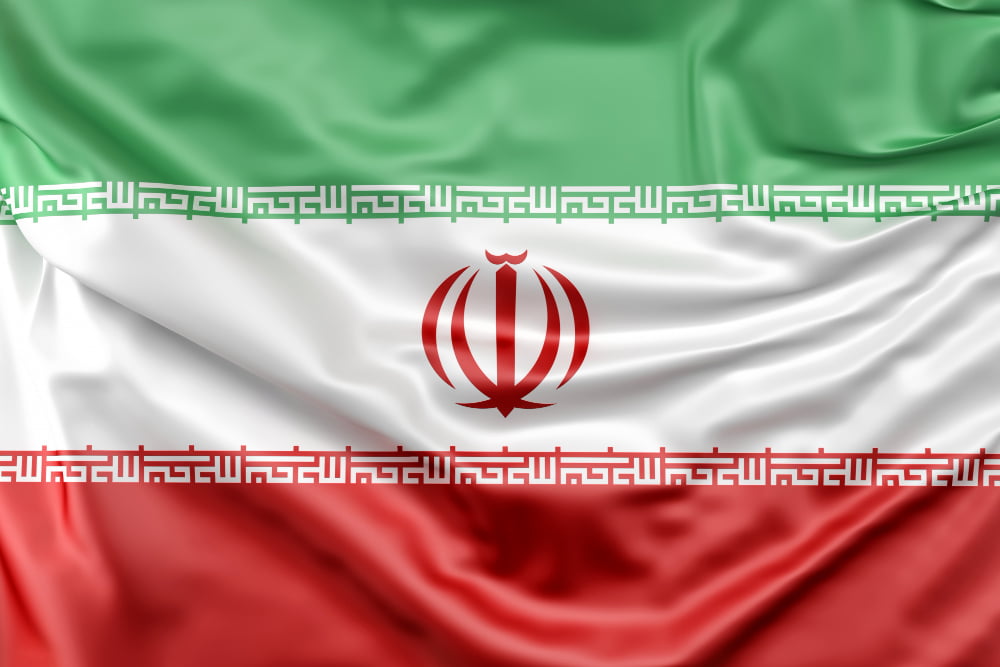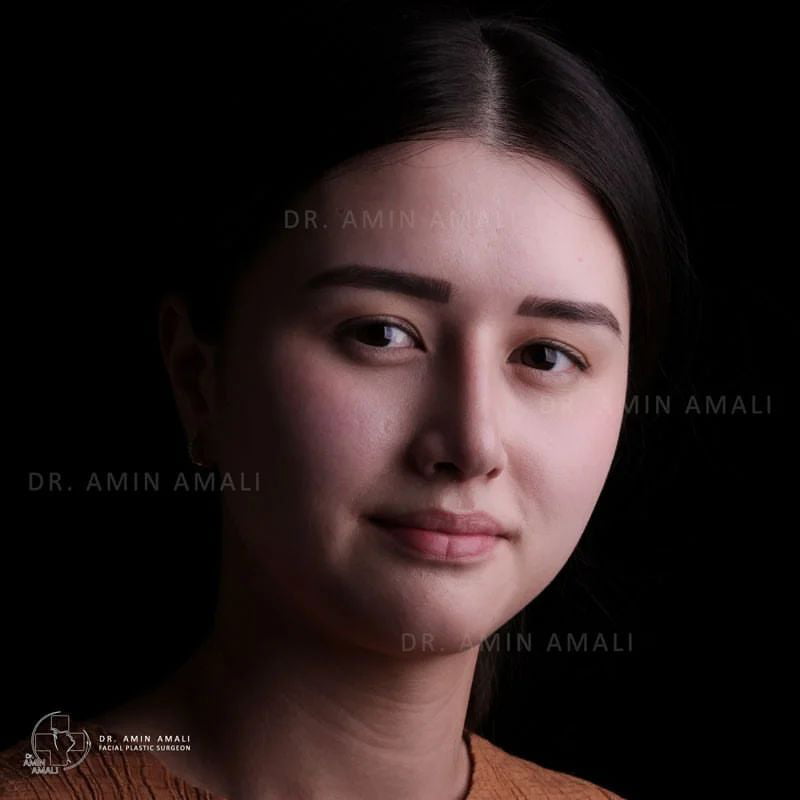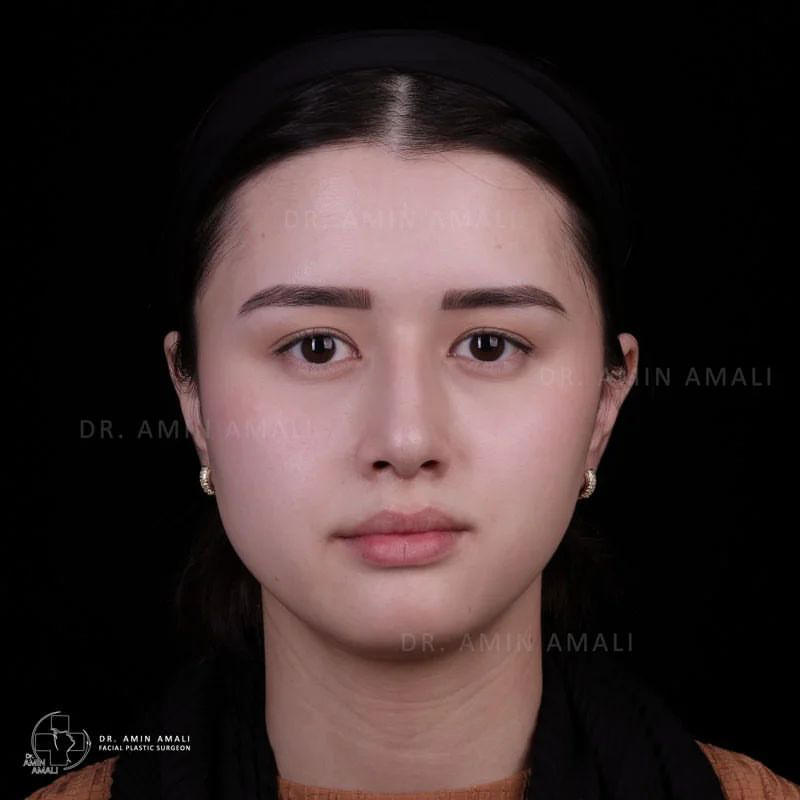Rhinoplasty , or nose surgery , is a hot topic these days , and it seems like everyone is getting involved. From actors and influencers to our friends and acquaintances , anyone with even a slight dissatisfaction with their nose’s shape considers undergoing rhinoplasty. But the main question is , how can a nose job be successful and help us achieve our desired outcome? You certainly need to have some information on this matter and not rush into it blindly. By gathering the necessary information about cosmetic nose surgery , you will be on the path to a successful operation. To make things easier for you , we have provided the most useful and practical information you need for your rhinoplasty in this section.
What Are the Goals of Rhinoplasty?
There are 2 goals :
Aesthetic Goals:
- Fixing Visible Issues: Getting rid of a nasal hump , correcting a deviated nose , making a wide nose narrower , resizing an overly large or small nose , fixing asymmetry , and other similar adjustments.
- Creating Facial Balance: Rhinoplasty helps enhance your facial beauty by making your nose look more in harmony with your other facial features.
Medical Goals:
- Improving Breathing: Problems like a deviated septum , nasal polyps , and other breathing issues that affect your quality of life can be resolved with rhinoplasty.
- Fixing Birth Defects: Congenital issues like a cleft palate or lip that impact the appearance and function of the nose can be corrected with surgery.
Choosing your goal is the first step toward rhinoplasty.
What are you aiming for? More beauty? Better facial harmony? Solving breathing issues? Or fixing birth defects? By answering this , you can start your rhinoplasty journey with a clearer and more informed perspective.
Rhinoplasty Consultation
To consult with the rhinoplasty surgeon , enter your name and phone number in the form below.
Who Are Good Candidates for a Nose Job?
Generally, candidates for rhinoplasty fall into three categories:
- Those seeking to fix nasal issues for easier breathing.
- Those wanting to correct the appearance of their nose for aesthetic reasons.
- Those looking for both improved breathing and aesthetic enhancement.
So, we can say that people with the following characteristics are good candidates for a nose job:
Functional Issues: People who have nasal functional problems, such as difficulty breathing due to a deviated septum or enlarged turbinates. These individuals can benefit from rhinoplasty by solving their breathing issues and improving the appearance of their nose.
Aesthetic Concerns: Those who are unhappy with the crooked, large, or wide shape of their nose, which negatively impacts their confidence. It’s important for these individuals to have realistic expectations.
In addition to the reasons for surgery, certain individual characteristics also determine if someone is a good candidate for a nose job, such as age. It’s generally recommended to wait until the nose has fully developed before undergoing surgery.
From a health perspective, individuals in good general health make good candidates for rhinoplasty. Those without specific underlying conditions and with a strong immune system usually experience a better recovery process.
Finally, individuals who are psychologically prepared for this change are also good candidates for a nose job. They should have a clear understanding of the surgical process, recovery period, and potential outcomes.
Who Should Be Cautious About Getting a Nose Job?
Generally, rhinoplasty is a safe and secure procedure. However, some conditions might limit certain individuals. If you’re considering nose surgery, you should consult with an experienced surgeon to ensure that the procedure is suitable for you. Here are some groups of people who should be cautious before getting a nose job:
People with Health Issues: If you have certain health conditions such as diabetes, cardiovascular diseases, or bleeding disorders, you should consult your doctor before undergoing rhinoplasty.
Pregnant or Nursing Women: It is not recommended to have a nose job during pregnancy or while breastfeeding.
Smokers: Smoking can impair the healing process after surgery and increase the risk of complications.
People with Unrealistic Expectations: If your expectations for the nose job are unrealistic, you might end up dissatisfied with the results.
Many of these issues can be addressed and are not permanent limitations. For example, if you smoke, try to quit for a period before your surgery. If you have recently given birth and are nursing, wait until this period has passed before scheduling your nose job.
Rhinoplasty Photos
Contour Line in Nose Surgery
The contour line is a subtle yet crucial element in rhinoplasty , playing an essential role in creating a beautiful and balanced appearance for the nose. This line creates a natural and smooth curve along the bridge and tip of the nose , giving it a pleasing and natural shape.
Importance of the Contour Line in Rhinoplasty
- Creating a Natural Look: The contour line gives the nose a smooth and even appearance , preventing it from looking too sharp or droopy.
- Balancing Facial Features: With precision and care , the contour line can be crafted to harmonize the curve of the nose with other facial features such as the forehead , chin , and lips , enhancing overall facial balance and beauty.
- Hiding Imperfections: The contour line can be used to mask certain nasal imperfections like humps or deviations.
Types of Nose Contour Lines
- Natural: This type of contour line has a soft and subtle look , ideal for those who want to maintain a natural appearance for their nose.
- Fantasy: The fantasy contour line has a more pronounced curve and makes the tip of the nose appear narrower. This type of contour line is perfect for individuals seeking a more distinctive and striking appearance for their nose.
Rhinoplasty anesthesia
The type of anesthesia used for rhinoplasty depends on the surgeon’s preference , the complexity of the procedure , and the patient’s individual needs.
General anesthesia is the most common type of anesthesia used for rhinoplasty. It is a deep sedation that renders the patient unconscious and unaware of the surgery. General anesthesia is typically administered through an IV line and involves breathing through a mask or tube.
Local anesthesia can be used for rhinoplasty , but it is less common than general anesthesia. Local anesthesia numbs the area around the nose , so the patient is awake during the surgery but feels no pain. However , local anesthesia may not be suitable for all types of rhinoplasty , especially those that require extensive manipulation of the bone and cartilage.
Twilight sedation , also known as conscious sedation , is a type of anesthesia that provides relaxation and pain relief without fully sedating the patient. The patient is awake and able to communicate with the surgeon , but they may feel drowsy or have a reduced memory of the surgery. Twilight sedation is often used for less invasive rhinoplasty procedures.
The anesthesiologist will discuss the risks and benefits of each type of anesthesia with the patient and make a recommendation based on their individual needs.
What is the best age for rhinoplasty?
The best age for rhinoplasty is typically between the late teens and early twenties. This is because the nose is typically fully developed by this point, and the surgeon can be more confident in making the desired changes. Additionally, most people are more mature and emotionally stable in their late teens and early twenties, which can help them make a more informed decision about whether or not to have rhinoplasty.
However, there are some cases where rhinoplasty may be considered for younger patients. For example, if a child has a severely deviated septum that is causing breathing problems, rhinoplasty may be recommended to correct the problem. Additionally, some teens may have severe cosmetic concerns about their nose that are causing them significant emotional distress. In these cases, a qualified surgeon may recommend rhinoplasty to help improve the patient’s quality of life.
Ultimately, the best age for rhinoplasty is a decision that should be made on a case-by-case basis. It is important to talk to a qualified surgeon about your individual circumstances and goals before making a decision. Here are some factors to consider when deciding if rhinoplasty is right for you, regardless of your age:
- Your reasons for wanting rhinoplasty. Are you looking to improve your appearance or to correct a medical problem?
- Your expectations. It is important to have realistic expectations about what rhinoplasty can achieve. It is not a magic bullet that will make you look like a different person.
- Your lifestyle. Rhinoplasty requires some recovery time, so you will need to be able to take it easy for a few weeks.
- Your health. You should be in good general health before undergoing rhinoplasty.
Conclusion
nose surgery operation offers individuals the opportunity to enhance their facial aesthetics, correct functional issues, and regain confidence in their appearance. With careful consideration, realistic expectations, and the support of a skilled surgeon, the art of rhinoplasty in iran can lead to transformative results. It is important to remember that every individual’s case is unique, and a personalized consultation with a qualified professional is indispensable to determine the best approach for achieving the desired results. Remember, a well-informed patient is an empowered patient!



















